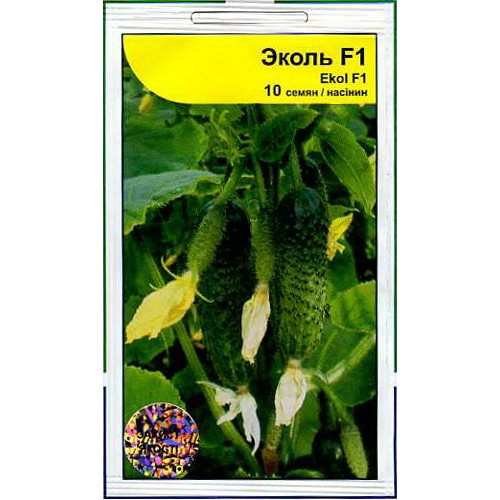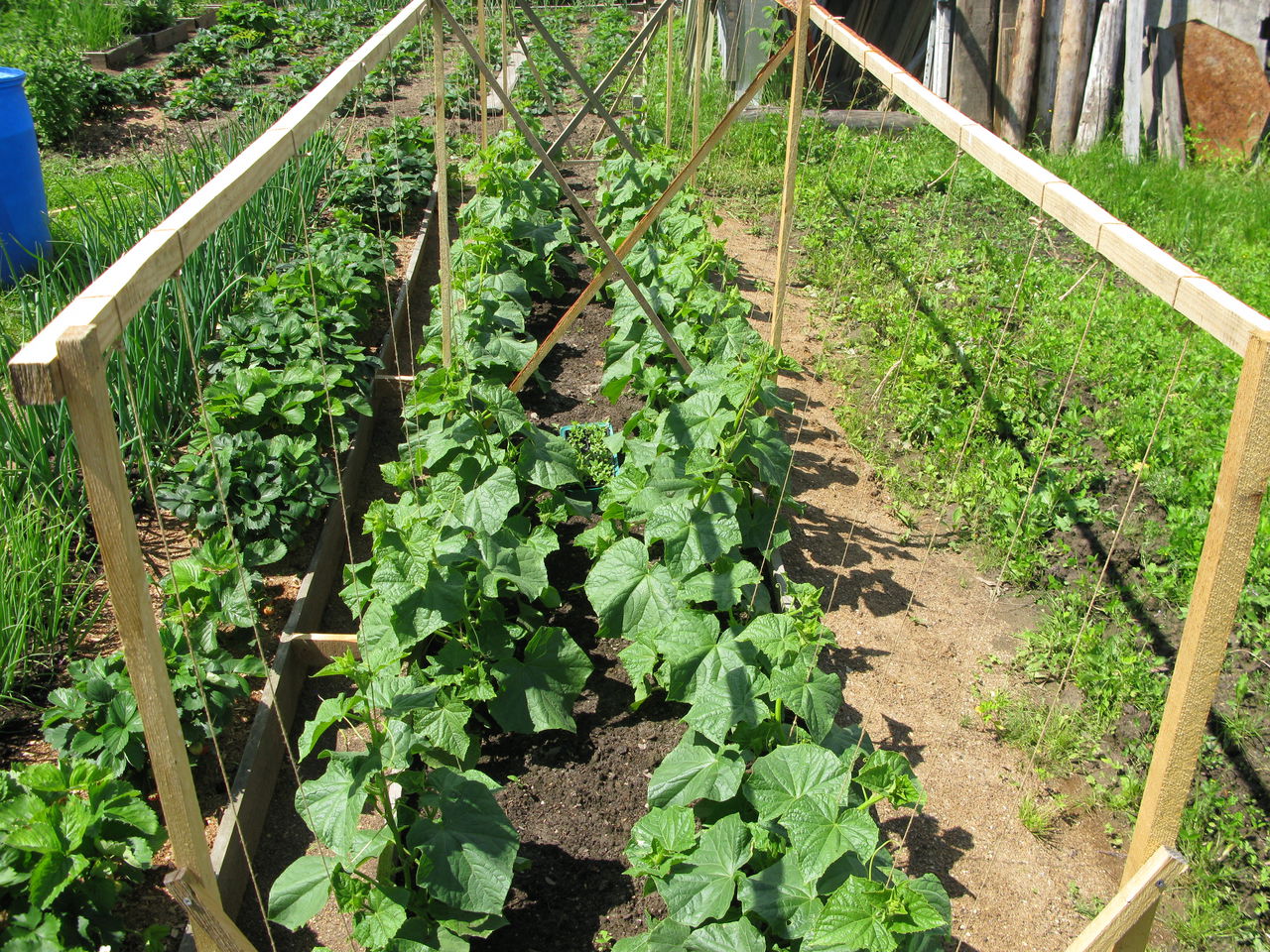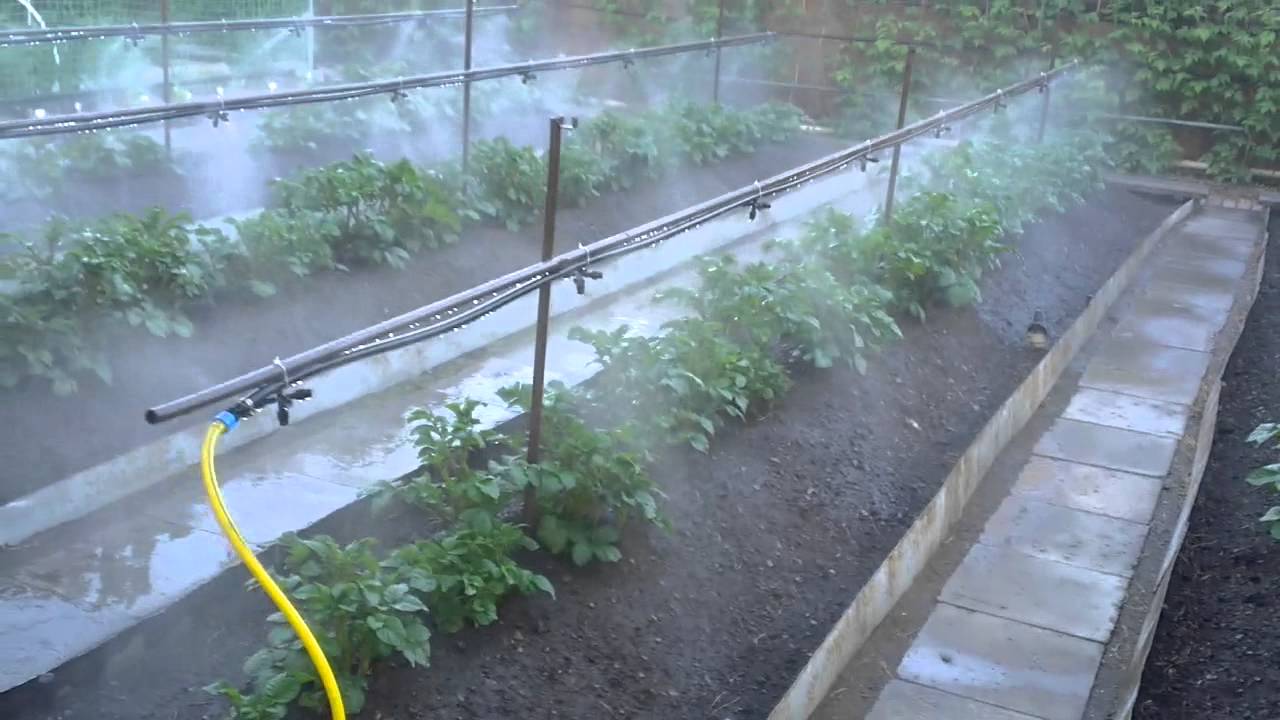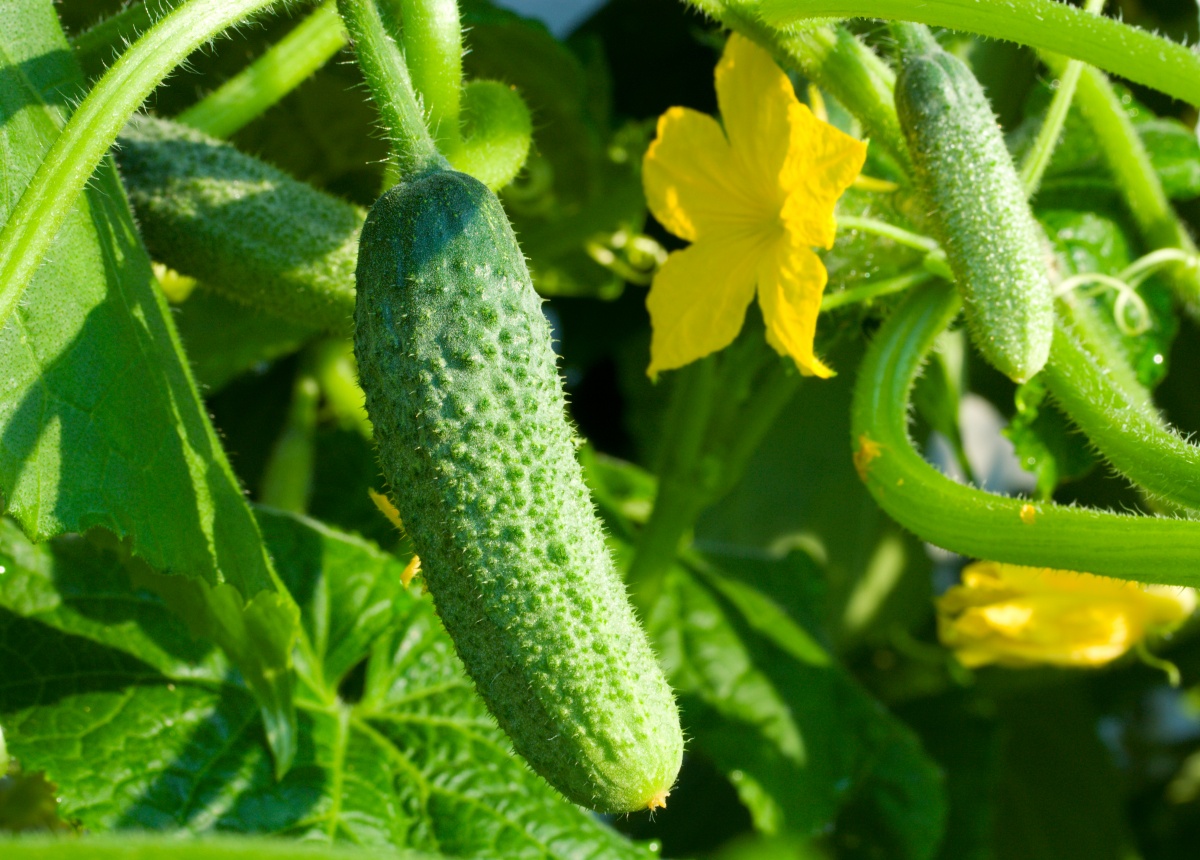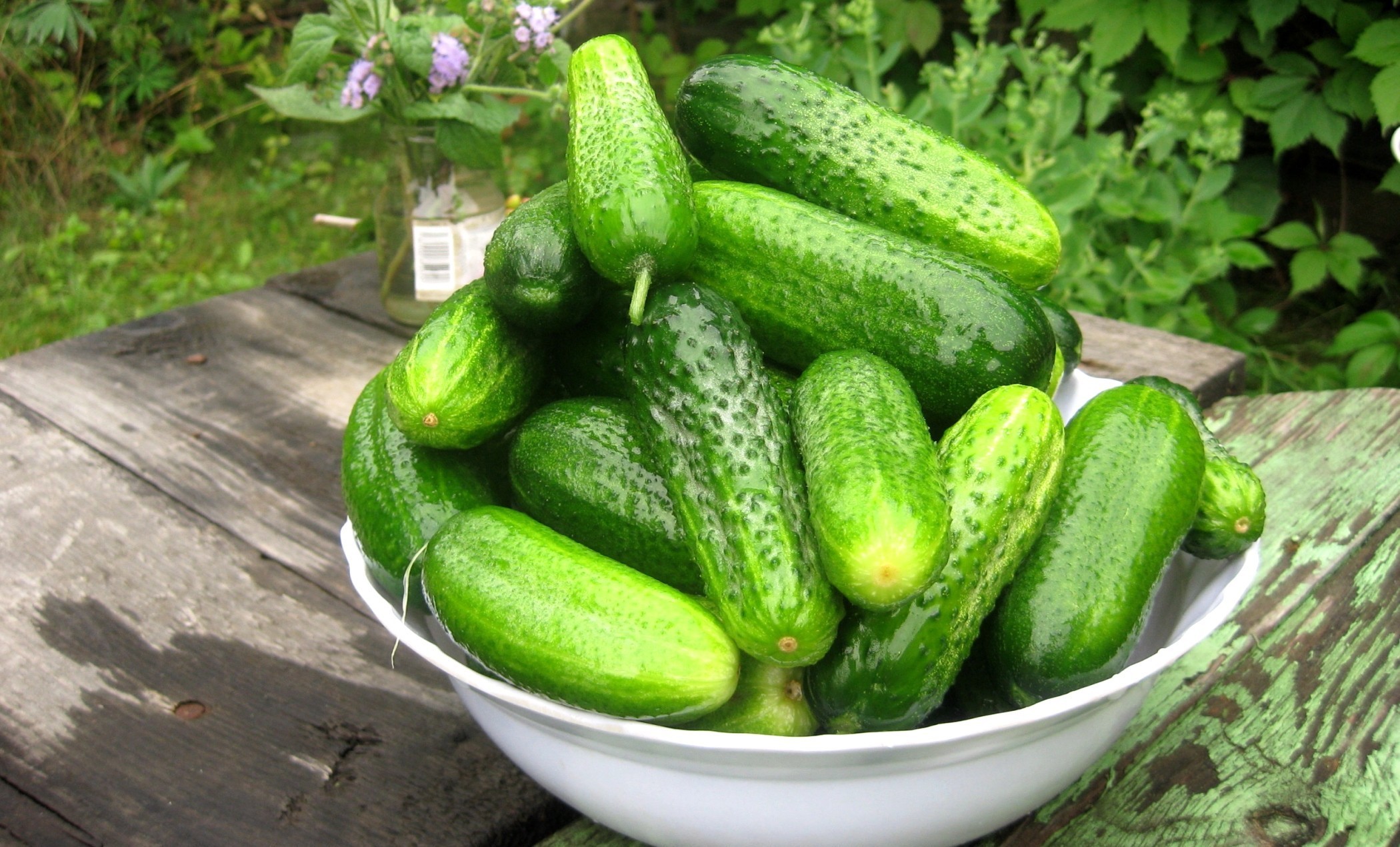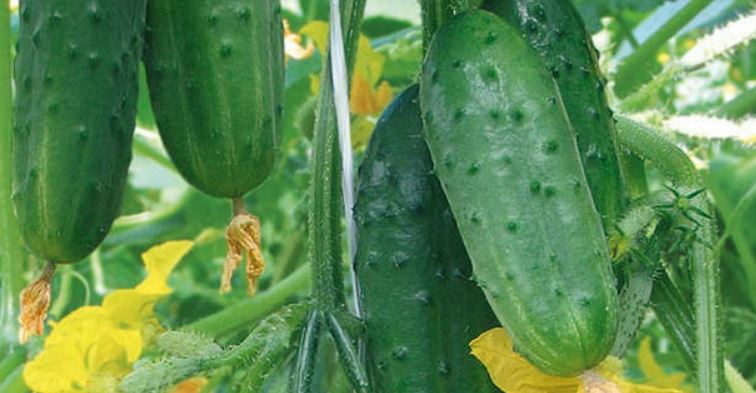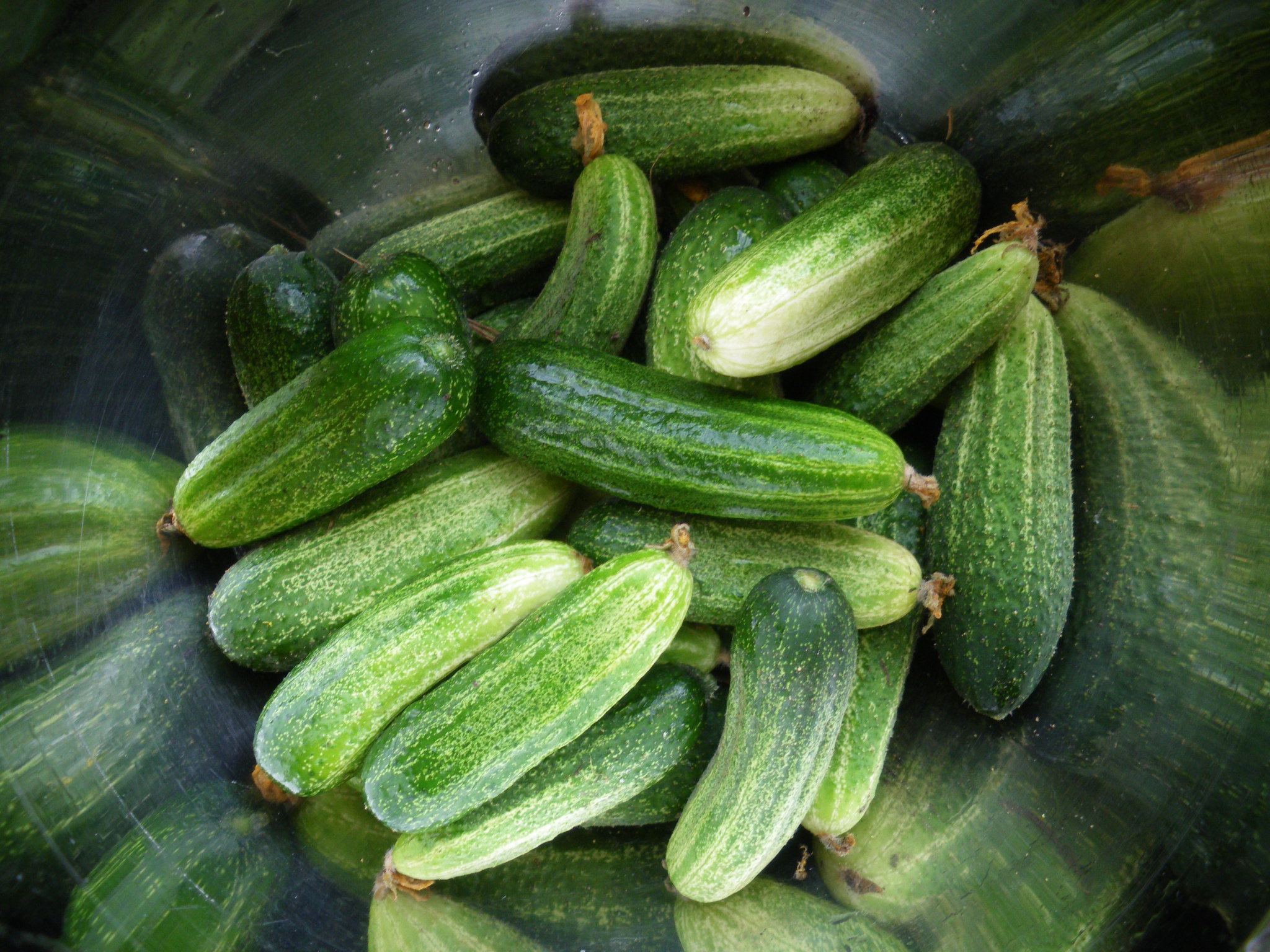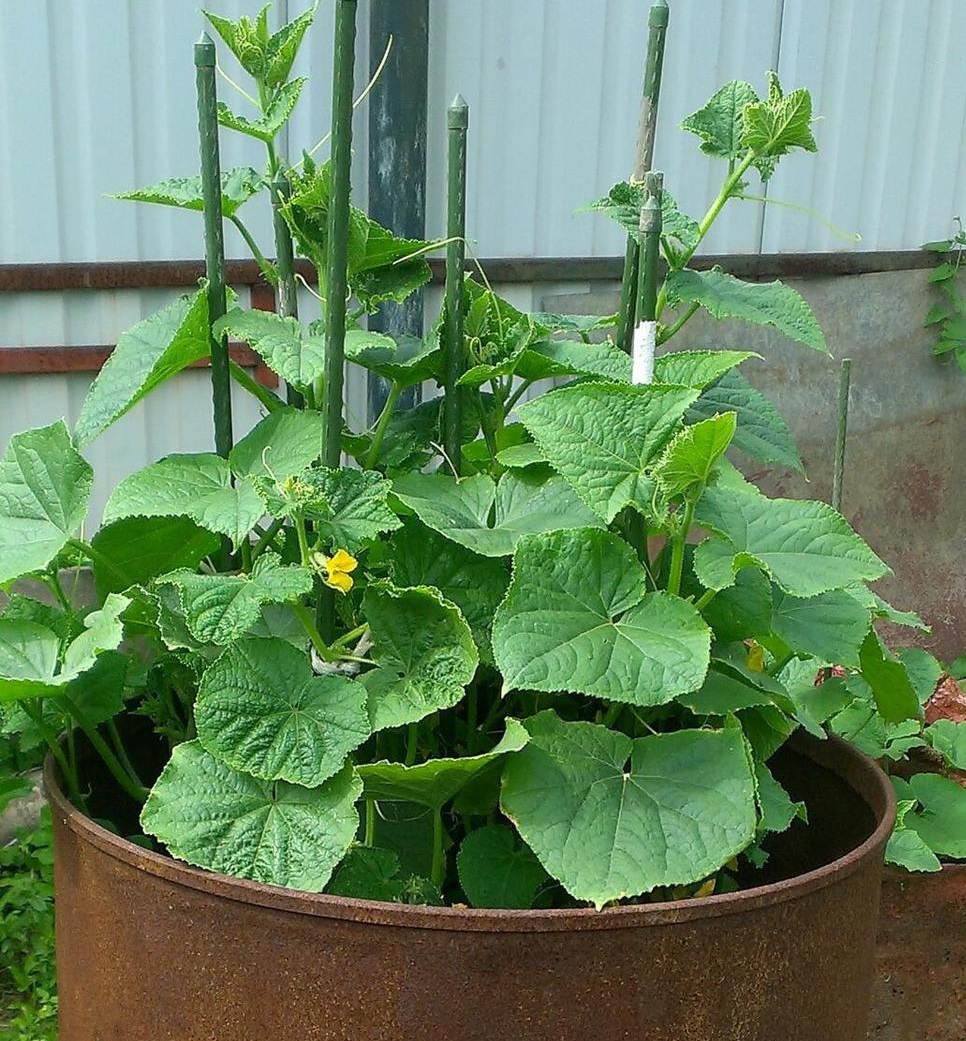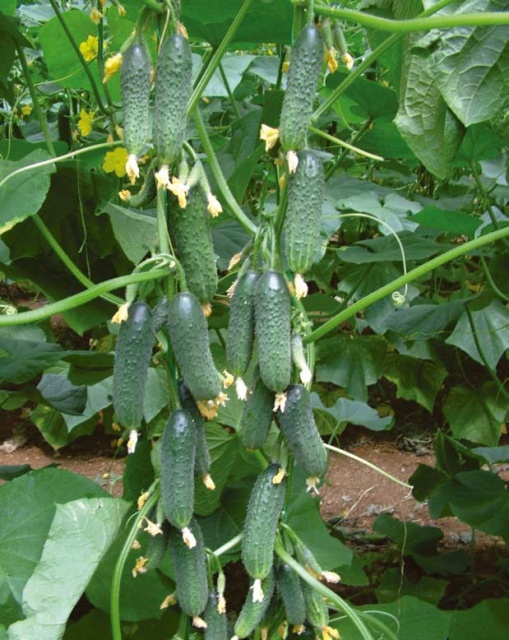Content:
Ekol cucumbers are a relatively new variety in agricultural practice. It is rapidly gaining popularity and there are objective reasons for this. Cucumbers of this variety can grow both in the open field and in greenhouses. Ekol has a high yield and early fruit appearance. This hybrid is a merit of Dutch breeders, and only in 2007 the variety was included in the state register of the Russian Federation for the North Caucasus region.
Attention! The F1 symbol on the package means that these are first generation seeds. When grown, they will yield a rich harvest, but subsequent seeds cannot be used for planting.
Characteristics and description of the variety
The main distinguishing feature of this variety is that it does not need insect pollination. That is, these cucumbers are parthenocarpic species. The plant is medium-sized, its length is about 2.5-3 m. The type of flowering is bouquet. Up to 5 cucumbers are formed in the node. Fruits from 6 to 10 cm long, belong to the group of gherkins. The Ekol cucumber has a cylindrical shape and a bright rich green color. Characterized by pronounced tuberosity of the fruit and black spines. The pulp is dense, fleshy, sweetish in taste. The bitterness in cucumber is genetically absent.
The weight of one fruit is up to 70 g. The variety has a high yield - with proper care, you can collect up to 20 kg of cucumbers from 1 sq. M. Fruiting early, the first greens will ripen after 42 - 45 days. It is also worth noting that the breeders managed to increase the resistance of the variety to diseases such as powdery mildew and cucumber mosaic at the genetic level.
Features of growing Ekol cucumbers
Important! It is advisable that cabbage, potatoes, onions or nightshade crops are pre-grown in the area where the cucumbers will grow.
Landing
There are 2 ways to plant this hybrid:
- Seeds (seedless method);
- Seedlings (seedling method);
Growing cucumbers in a seedless way (seeds):
- It is possible to plant seeds in open ground only when the soil temperature reaches 15 degrees (around the end of May);
- The average daily temperature should be at least 22 degrees, and the nighttime - at least 18;
- The seeds must first be soaked in growth stimulants such as Epin or Zircon. You can prepare a nutrient solution yourself from ash and nitrophoska;
- The processed seeds are wrapped in a damp cloth and placed in a warm place until sprouts appear;
- They are planted in moistened soil in holes to a depth of 3 cm, the distance between them is 10 cm. Approximately 5 seeds are placed in one hole;
- After 1.5 weeks, the first thinning is carried out, and when the first leaves appear, the second. It is necessary that there is a distance of 30 cm between the bushes.
To simplify the process, you can purchase special glazed seeds that are ready for planting. They have already been disinfected and treated with growth stimulants.
Growing cucumbers in seedlings
It is believed that planting plants in seedlings is better because they begin to bear fruit earlier.
- The soil for seedlings must be disinfected and saturated with all the necessary trace elements;
- Seedlings should be grown in separate containers with a volume of about 0.5 liters.
- Pre-soak the seeds in potassium permanganate, wrap them in a damp cloth and put them in a warm place (the required temperature is +25 degrees);
- After the seedlings appear, plant the seeds in containers with soil to a depth of 2 cm;
- Water, cover the planting with plastic and put in a warm place;
- Watering the seedlings is necessary 2 times a week with water at room temperature;
- After the first leaf appears, the seedlings must be fed with mullein infusion in a 1: 1 ratio;
- After the appearance of 2-3 true leaves, the seedlings are planted in the ground.
Important! It is necessary to ensure that the seedlings have enough light, because with a lack of it, they stretch out and grow worse.
How to plant seedlings correctly
A few days before planting seedlings in the ground, it is necessary to harden them. For this, the plants are taken outside for about 3 hours. However, it is worth making sure that the permissible air temperature is at least + 20 degrees in the greenhouse. It is better to choose a cloudy day for disembarkation.
- First, you need to dig up the beds well in order to saturate the soil with oxygen. Fertilize with manure;
- Then dig holes 15 cm deep and pour water over them;
- Remove the seedling together with the earth from the container and plant it in the hole with it;
- Compact the soil.
Care features
The Ekol variety is unpretentious in terms of care, but a number of rules must be followed in order to get the maximum yield.
Watering
Cucumbers love moisture very much. If it is not enough, there will be few fruits and they will not be very tasty. Before the appearance of the first greens, it is necessary to water the plants about once every 3-5 days, in the morning or in the evening, with water well heated in the sun. As soon as the fruits appear, watering must be made more frequent. For 1 square meter, you need about 30 liters of water. For watering, it is best to use a watering can with a spray nozzle.
Important! It is impossible to water cucumbers with a hose, because this method of watering can easily damage the root system of the plant. Also, do not water the plant during the daytime. Water droplets on the leaves will act as lenses and the plant will burn.
Top dressing
Ekol cucumbers must be fed. Without this, you cannot get a good harvest, because the root system of the plant does not go deep into the ground and, therefore, cannot get a sufficient amount of nutrients from it.
2 weeks after planting, the plants must be fed for the first time. Potassium salt or ammonium nitrate is ideal. After 14 days, it is necessary to re-apply the same fertilizers, but increasing their dose by 2 times. After the fruits appear, the plants are fed weekly with potassium sulfate. Also a good feeding is a 1: 1 manure infusion, which should be applied every 2-3 weeks.
Organic fertilizers are perfect as regular fertilizing: chicken droppings, humus or manure.
Diseases and pests
A distinctive feature of the hybrid is its high resistance to diseases. But if unfavorable conditions are created, the plant can still suffer. Typical pests and diseases of this crop are:
- Tobacco mosaic;
- White rot;
- Aphid;
- Whitefly;
- Spider mite.
Consider the main symptoms and treatment of typical diseases of the cucumber culture.
| Name of the disease | Symptoms | Treatment |
|---|---|---|
| Cucumber mosaic | Leaves change their shape, yellowish spots appear. | Remove diseased plants. There are no methods of chemical action on the affected areas. |
| Gray rot | A light gray loose bloom appears throughout the plant. | Treat the plant with fungicide Switch WG 62.5 |
| White rot | A white loose bloom appears throughout the plant. | Diseased plants must be destroyed. Healthy treat with potassium permanganate solution and sprinkle with ash. |
| Powdery mildew | The leaves dry and become covered with a light bloom. | Treat the plant with Treovit. |
| Peronosporosis | Brownish oily spots form on the leaves. | Treat diseased plants with Topaz. |
When the first signs of the disease appear, it is necessary to immediately take special measures to eliminate and prevent. Then the threat to your harvest will disappear.
Growing features
To increase the yield, it is necessary to remove all the ovaries on the lower nodes.As a result, a more powerful root system is formed, which leads to an increase in the number of fruits. For 1 sq. m you need to plant no more than 2-3 plants. With such a density, the plants receive a sufficient amount of light, are less susceptible to diseases and, as a result, give more yield. The cultivation of this hybrid involves the obligatory use of supports and tying. As a result of keeping the bush in an upright position, it becomes possible to increase the number of grown plants without disturbing the planting density. It is also an additional prevention of diseases, because many diseases arise from contact with the soil.
Harvesting
Harvesting is possible throughout the summer until autumn. Zelentsy are removed from the bush every 2-3 days. It is not recommended to remove less often, this reduces the yield of the variety. It is important to cut the fruit with a knife and not twist the stem. This can damage the plant. It is better to harvest in the morning or evening, fold the crop in a dark cool place before further processing.
Ekol cucumbers show themselves well in conservation. For blanks, it is necessary to choose fruits up to 7 cm in size. Fresh Ekol cucumbers should be stored in the refrigerator, their shelf life is 5-7 days.
It is interesting! The shelf life of cucumbers in the refrigerator can be increased by putting them in a plastic bag and covering them with a damp cloth. In this form, they can lie for up to 10 days.
The advantages of the Ekol variety:
- The ability to grow in greenhouses and open field;
- High productivity;
- High resistance to diseases and pests;
- Taste qualities;
- Small size, which makes it possible to use them in a variety of ways;
- Long shelf life.
Disadvantages of the Ekol variety
It is difficult to highlight the disadvantages, because with proper care they practically do not exist. Gardeners and gardeners agree that Ekol cucumbers are characterized by high taste and quality characteristics, ideal for preservation.
The Ekol F1 variety of gherkin cucumbers is not picky about care, resistant to the adverse effects of pests and diseases, and is highly fertile. Thanks to this, they have gained great popularity among gardeners.
